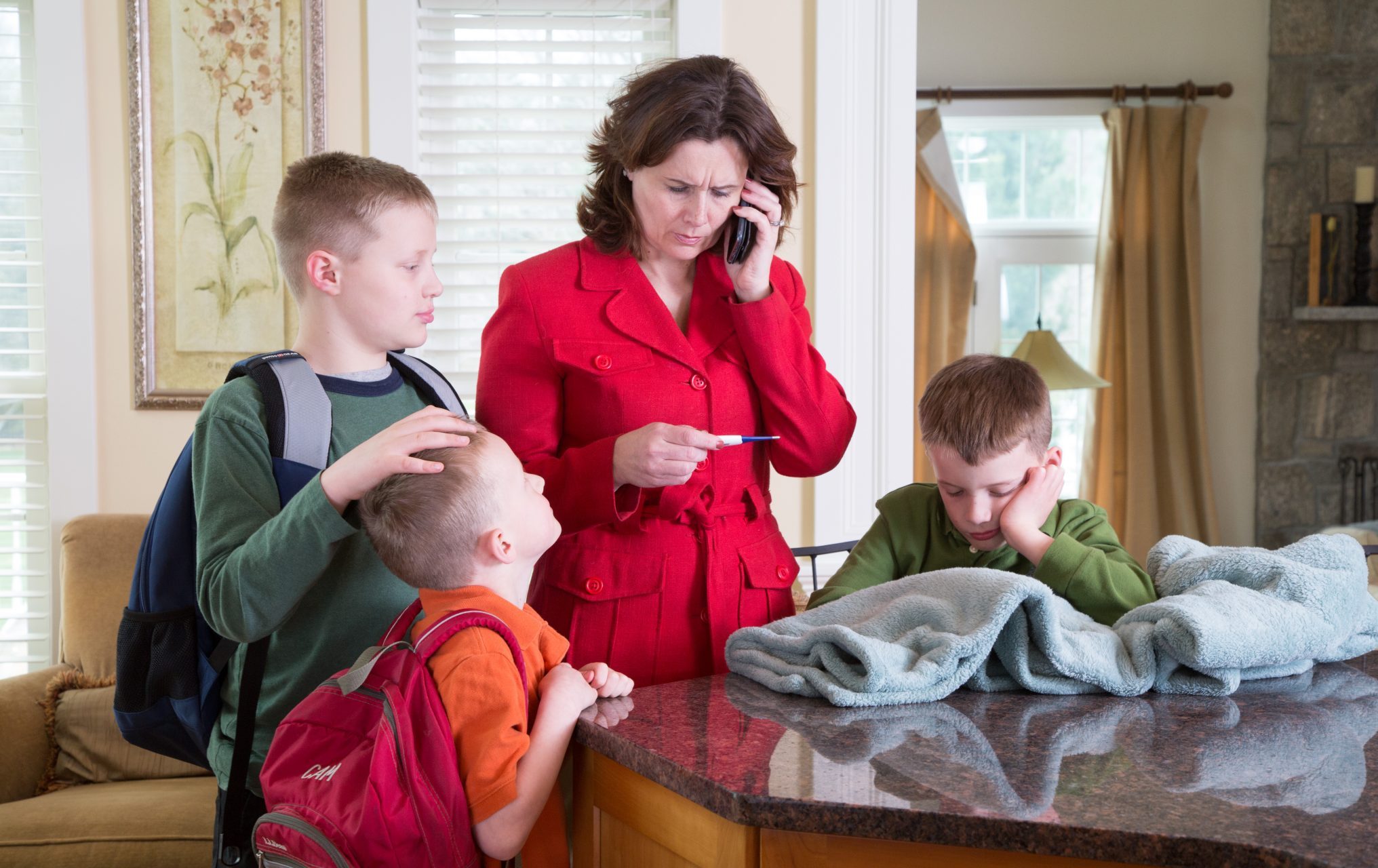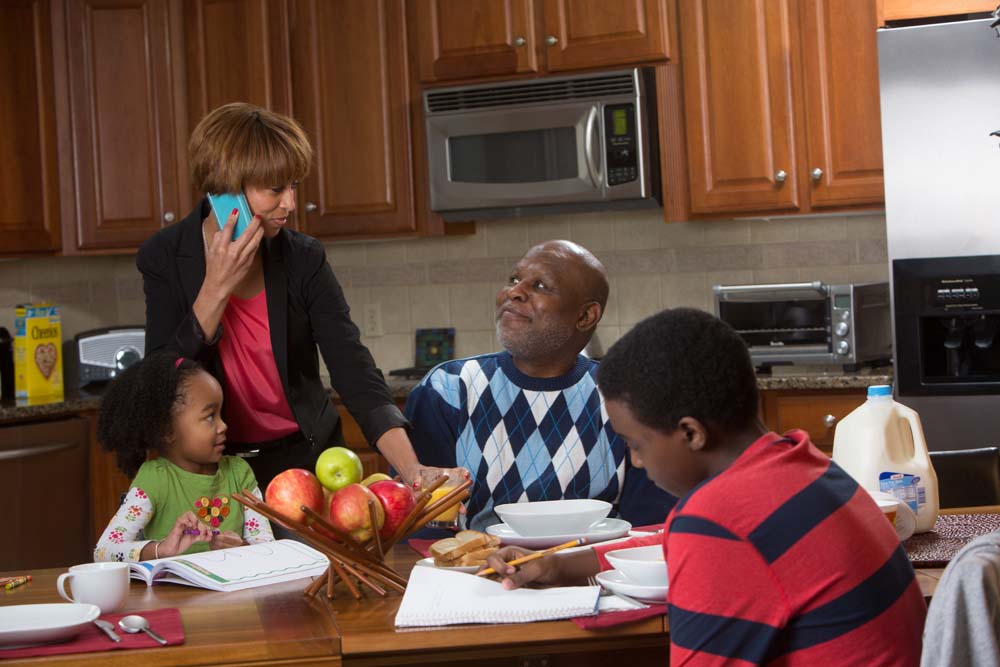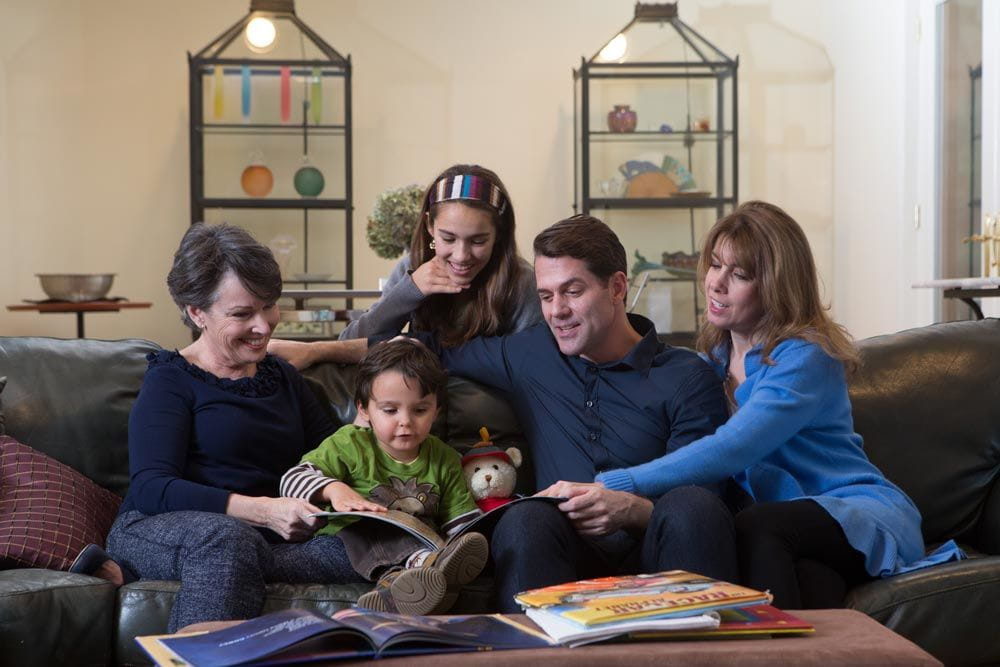According to perhaps the most famous ex-CEO in North America, it is. And I actually think I agree.
According to Jack Welch, former CEO of GE, 'There's no such thing as work/life balance,' Mr. Welch told the Society for Human Resource Management's annual conference in New Orleans on June 28. 'There are work/life choices, and you make them, and they have consequences.'
So here's the rub. I remember riding the seesaw with my dear childhood friend, Sam, when we were probably seven or eight. Seesaws are great, but they have their limitations, and after a few minutes of bouncing up and down, with boredom setting in, we would try our best to balance one another in the air to achieve 'static equilibrium' in physics parlance. We could achieve it, but we could never, ever sustain it. Something always happened to upset our perfect balance. Most often we simply chose to do something else.
We all make choices and choices do have consequences. Some may use the term "integration" to better describe the challenges of working families, but I am partial to the emerging notion of work/life being synonymous with "juggling. While I have never actually juggled balls, flaming knives, or bowling pins, I have become a bit of an expert at managing the demands of a long commute, three teenagers, a working spouse and an aging dog. Balance, not always in 'static equilibrium,' but I do have my moments.
So, with lots of balls in the air, moving all the time, shifting between crystal and rubber, mid-flight, some will inevitably drop. The key is to keep the crystal balls flying while the rubber balls bounce. This is no simple task, but this juggling act is the reality of many working adults striving for success at home and at work. I heard a juggler once say, while he juggled three sharp objects above my head, while also riding a unicycle, that the keys to effective juggling are simple, 'know your pattern, make good tosses and most importantly, never look down.' When you take your eyes off the objects you increase the chances of missing the optimal moment of 'catch and toss' that makes juggling work.
So how does this apply to the issue of work/life? I think it applies in three basic ways:
1. Have a plan and prepare for your plan to change (i.e., the meeting runs late at work, your child's coach schedules a late practice, car breaks down, etc., etc.). Priorities are constantly shifting, but the key to great juggling is to keep the basic pattern in tact. For my family, no matter what happened during the day, we would spend at least three nights a week at the dinner table together. Some nights we had dinner, other nights the pressures of the day meant we spent five minutes before bed time, but we made it a point and we protected our pattern.
2. Making good tosses. Sometimes we need help and how and to whom, we toss our life lines matters. Having a back-up plan for when the children are sick, one spouse needs to travel unexpectedly, work is running late, the children make the traveling sports team, etc., is critical and having a community of support, ready to receive the toss is a valuable asset.
3. Never look down. Try not to look past the moment. As my children get older, I admit it gets much harder to not be nostalgic for their younger days'.those of you with teenagers may sympathize.
The real lesson is to enjoy them in the moment at every life stage. Cherish the time and make the 'catch and toss' work in the moment.
According to Jack Welch, former CEO of GE, 'There's no such thing as work/life balance,' Mr. Welch told the Society for Human Resource Management's annual conference in New Orleans on June 28. 'There are work/life choices, and you make them, and they have consequences.'
So here's the rub. I remember riding the seesaw with my dear childhood friend, Sam, when we were probably seven or eight. Seesaws are great, but they have their limitations, and after a few minutes of bouncing up and down, with boredom setting in, we would try our best to balance one another in the air to achieve 'static equilibrium' in physics parlance. We could achieve it, but we could never, ever sustain it. Something always happened to upset our perfect balance. Most often we simply chose to do something else.
We all make choices and choices do have consequences. Some may use the term "integration" to better describe the challenges of working families, but I am partial to the emerging notion of work/life being synonymous with "juggling. While I have never actually juggled balls, flaming knives, or bowling pins, I have become a bit of an expert at managing the demands of a long commute, three teenagers, a working spouse and an aging dog. Balance, not always in 'static equilibrium,' but I do have my moments.
So, with lots of balls in the air, moving all the time, shifting between crystal and rubber, mid-flight, some will inevitably drop. The key is to keep the crystal balls flying while the rubber balls bounce. This is no simple task, but this juggling act is the reality of many working adults striving for success at home and at work. I heard a juggler once say, while he juggled three sharp objects above my head, while also riding a unicycle, that the keys to effective juggling are simple, 'know your pattern, make good tosses and most importantly, never look down.' When you take your eyes off the objects you increase the chances of missing the optimal moment of 'catch and toss' that makes juggling work.
So how does this apply to the issue of work/life? I think it applies in three basic ways:
1. Have a plan and prepare for your plan to change (i.e., the meeting runs late at work, your child's coach schedules a late practice, car breaks down, etc., etc.). Priorities are constantly shifting, but the key to great juggling is to keep the basic pattern in tact. For my family, no matter what happened during the day, we would spend at least three nights a week at the dinner table together. Some nights we had dinner, other nights the pressures of the day meant we spent five minutes before bed time, but we made it a point and we protected our pattern.
2. Making good tosses. Sometimes we need help and how and to whom, we toss our life lines matters. Having a back-up plan for when the children are sick, one spouse needs to travel unexpectedly, work is running late, the children make the traveling sports team, etc., is critical and having a community of support, ready to receive the toss is a valuable asset.
3. Never look down. Try not to look past the moment. As my children get older, I admit it gets much harder to not be nostalgic for their younger days'.those of you with teenagers may sympathize.
The real lesson is to enjoy them in the moment at every life stage. Cherish the time and make the 'catch and toss' work in the moment.
.





